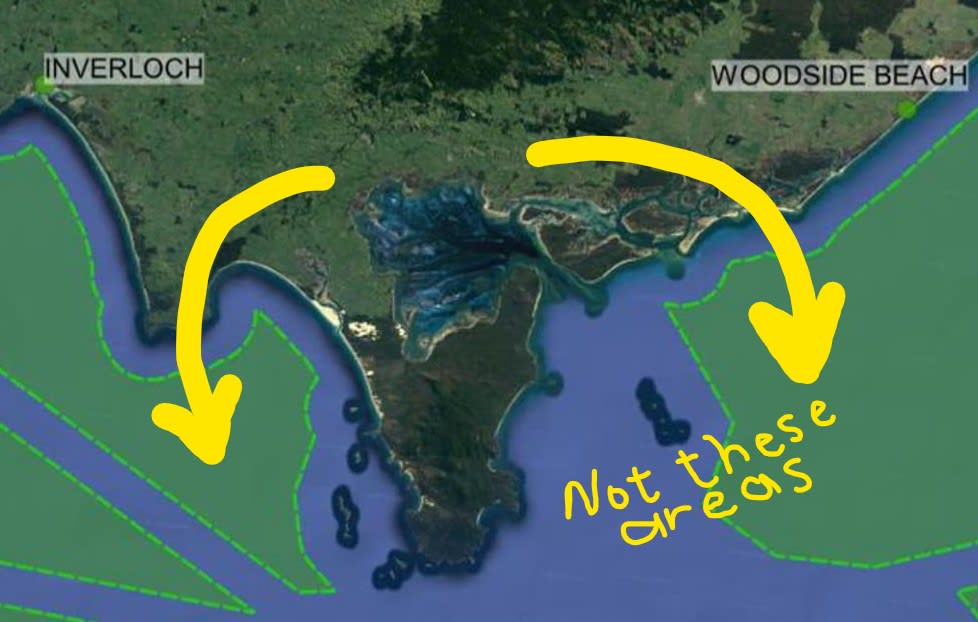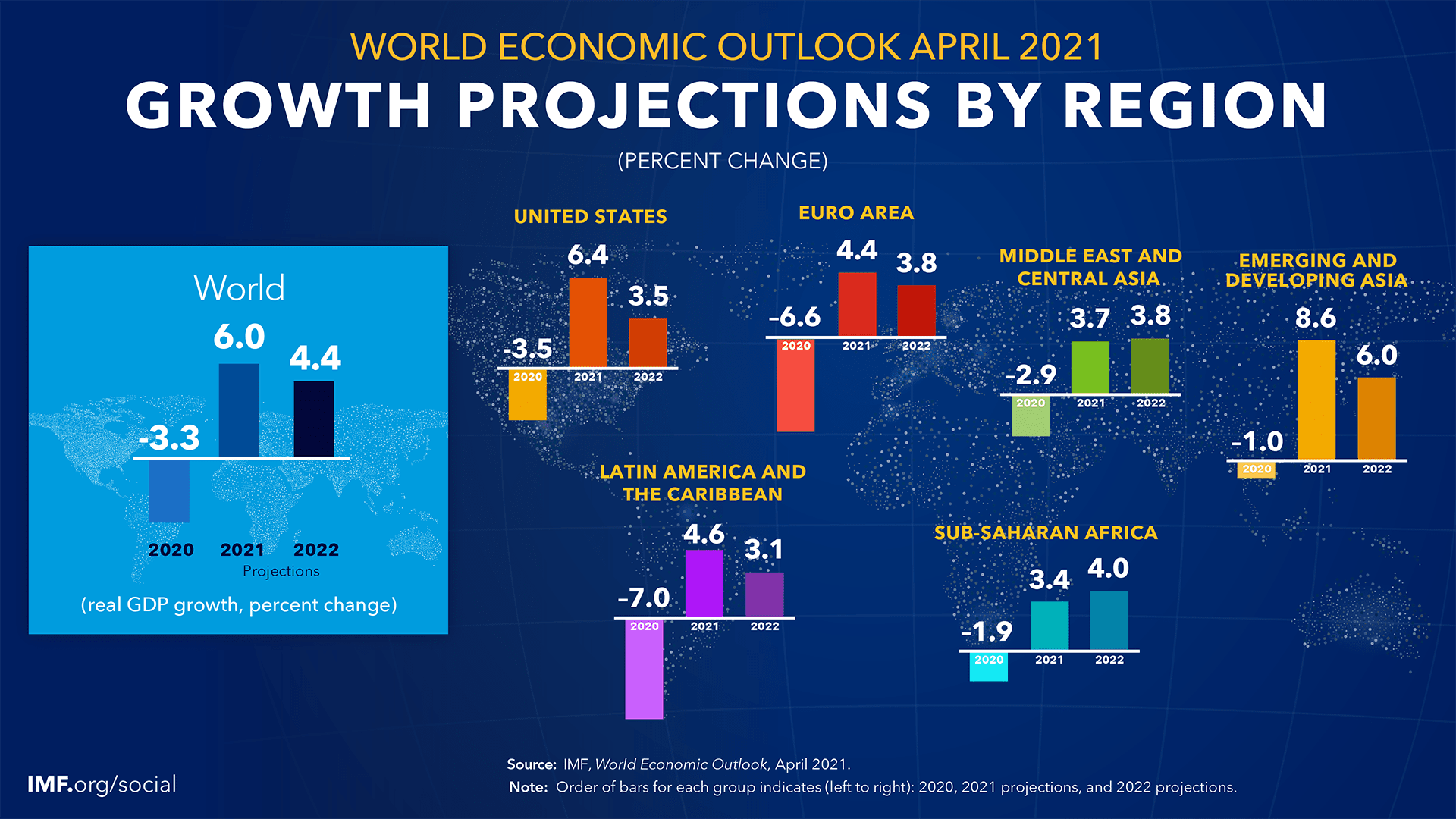Are Expensive Offshore Wind Farms Losing Their Appeal?

Table of Contents
Soaring Costs of Offshore Wind Farm Development
The dramatic increase in the cost of offshore wind farm development is a multifaceted problem. Several key factors contribute to this escalating expense, threatening the economic viability of many projects.
Increased Material and Labor Costs
The cost of raw materials and skilled labor has skyrocketed in recent years. This inflationary pressure significantly impacts project budgets.
- Steel prices: Have increased by over 50% in the past three years, impacting turbine construction and foundation materials.
- Concrete costs: Similarly, have risen substantially, affecting the construction of offshore wind turbine foundations.
- Specialized equipment: The specialized vessels and equipment required for offshore installation are expensive to operate and maintain, further increasing project costs.
- Skilled labor shortages: A lack of experienced personnel in areas like engineering, installation, and maintenance drives up labor costs.
- Supply chain disruptions: Global supply chain issues, exacerbated by geopolitical events, have led to material shortages and increased transportation costs.
These factors combine to create a perfect storm of increased expenses, pushing project budgets far beyond initial estimations.
Complex Engineering and Installation Challenges
Building and maintaining offshore wind farms presents significant engineering and logistical hurdles, further driving up costs. The challenging marine environment adds complexity and risk.
- Foundation installation in deep waters: Installing foundations in deep waters requires specialized equipment and techniques, increasing both time and cost.
- Grid connection issues: Connecting offshore wind farms to the onshore grid can be complex and costly, involving extensive subsea cable installations.
- Maintenance access: Regular maintenance and repairs require specialized vessels and skilled personnel, adding to the operational expenses throughout the farm's lifespan.
- Extreme weather conditions: Offshore environments are prone to severe weather, potentially delaying construction and increasing repair costs.
These technical difficulties often lead to project delays and cost overruns, making offshore wind projects less attractive to investors.
Permitting and Regulatory Hurdles
Navigating the complex permitting and regulatory processes is another significant challenge. Lengthy procedures and potential delays add to the overall project cost.
- Multiple governmental agencies: Obtaining necessary approvals from various environmental, planning, and energy regulatory bodies can be a time-consuming process.
- Environmental impact assessments: Comprehensive environmental studies are essential, adding to both time and financial burdens.
- Public consultations: Engaging with local communities and addressing their concerns often prolongs the permitting process.
- Regulatory uncertainties: Changes in regulations and policies can create uncertainty and lead to project delays or cancellations.
Streamlining the permitting process and ensuring regulatory clarity are essential to reduce project costs and improve investor confidence.
Financial Viability and Investor Sentiment
The high upfront costs and extended timelines of offshore wind projects raise concerns about financial viability and investor sentiment.
Return on Investment Concerns
Achieving a satisfactory return on investment (ROI) is a major challenge for expensive offshore wind farm projects.
- Internal Rate of Return (IRR): The IRR for offshore wind projects varies considerably based on location, technology, and prevailing energy prices. Many projects struggle to achieve an attractive IRR without significant government subsidies.
- Fluctuating energy prices: The profitability of offshore wind farms is influenced by energy market dynamics and potential price volatility.
- Government subsidies: While government subsidies are essential to support offshore wind development, their availability and level can be unpredictable, impacting investor confidence.
Shifting Investor Priorities
The risks and uncertainties associated with expensive offshore wind projects are causing some investors to reconsider their commitments.
- Attractiveness of other renewables: Other renewable energy technologies like solar and onshore wind often offer lower risks and faster ROI, making them more attractive to some investors.
- Green finance landscape: While green finance is growing, the evolving investor landscape means that investors are increasingly scrutinizing the financial viability of projects, demanding robust risk assessments and clear pathways to profitability.
Technological Advancements and Cost Reduction Strategies
Despite the challenges, various strategies have the potential to reduce the costs of offshore wind farm development.
Innovations in Turbine Technology
Next-generation wind turbines are crucial for driving down costs and increasing efficiency.
- Larger turbine designs: Larger turbines generate more energy with fewer units, lowering the overall cost per megawatt.
- Advancements in blade materials: Lighter and more durable blade materials reduce manufacturing costs and increase lifespan.
- Improved turbine control systems: More sophisticated control systems enhance energy capture efficiency, maximizing energy output.
Improved Construction and Installation Techniques
Innovative construction and installation methods can significantly reduce costs and timelines.
- Prefabricated components: Manufacturing components onshore and assembling them offshore can speed up construction and reduce on-site costs.
- Automated installation: Utilizing advanced robotic and automated systems for installation can significantly reduce labor costs and improve safety.
- Digitalization and data analytics: Using digital tools for design, construction, and operation optimization improves efficiency and minimizes errors, leading to cost savings.
Government Support and Policy Changes
Government policies play a vital role in creating a supportive environment for offshore wind development and reducing costs.
- Subsidies and tax incentives: Targeted financial support can bridge the gap between project costs and market prices, incentivizing investment.
- Streamlined permitting processes: Clear and efficient regulatory frameworks can reduce delays and uncertainties.
- Grid infrastructure development: Investing in robust grid infrastructure is vital to facilitate the integration of offshore wind power.
Reassessing the Future of Expensive Offshore Wind Farms
The high costs associated with offshore wind farm projects present significant challenges, including rising material costs, complex engineering and installation issues, and financial uncertainties. However, technological advancements in turbine design, construction techniques, and supportive government policies offer promising avenues for cost reduction.
While the need to address cost concerns is undeniable, offshore wind energy remains an essential component of a sustainable energy future. Further research, innovation, and policy adjustments are crucial to making expensive offshore wind farms more viable and competitive. We must continue to explore and implement solutions that ensure the long-term sustainability of this vital renewable energy source. Learn more about the future of offshore wind energy costs and developments to contribute to a cleaner, more sustainable tomorrow.

Featured Posts
-
 The Truth Behind The Emma Stone And Margaret Qualley Oscars Drama
May 04, 2025
The Truth Behind The Emma Stone And Margaret Qualley Oscars Drama
May 04, 2025 -
 Canadas Economic Future Gary Mars Argument For Prioritizing Western Development
May 04, 2025
Canadas Economic Future Gary Mars Argument For Prioritizing Western Development
May 04, 2025 -
 Nhl Stanley Cup Playoffs A Guide To First Round Matchups
May 04, 2025
Nhl Stanley Cup Playoffs A Guide To First Round Matchups
May 04, 2025 -
 Tabela Do Brasileirao Serie A 2024 Confira A Programacao Completa
May 04, 2025
Tabela Do Brasileirao Serie A 2024 Confira A Programacao Completa
May 04, 2025 -
 Benn Eubank Jr Fight Overshadowing A Canelo Alvarez Matchup
May 04, 2025
Benn Eubank Jr Fight Overshadowing A Canelo Alvarez Matchup
May 04, 2025
